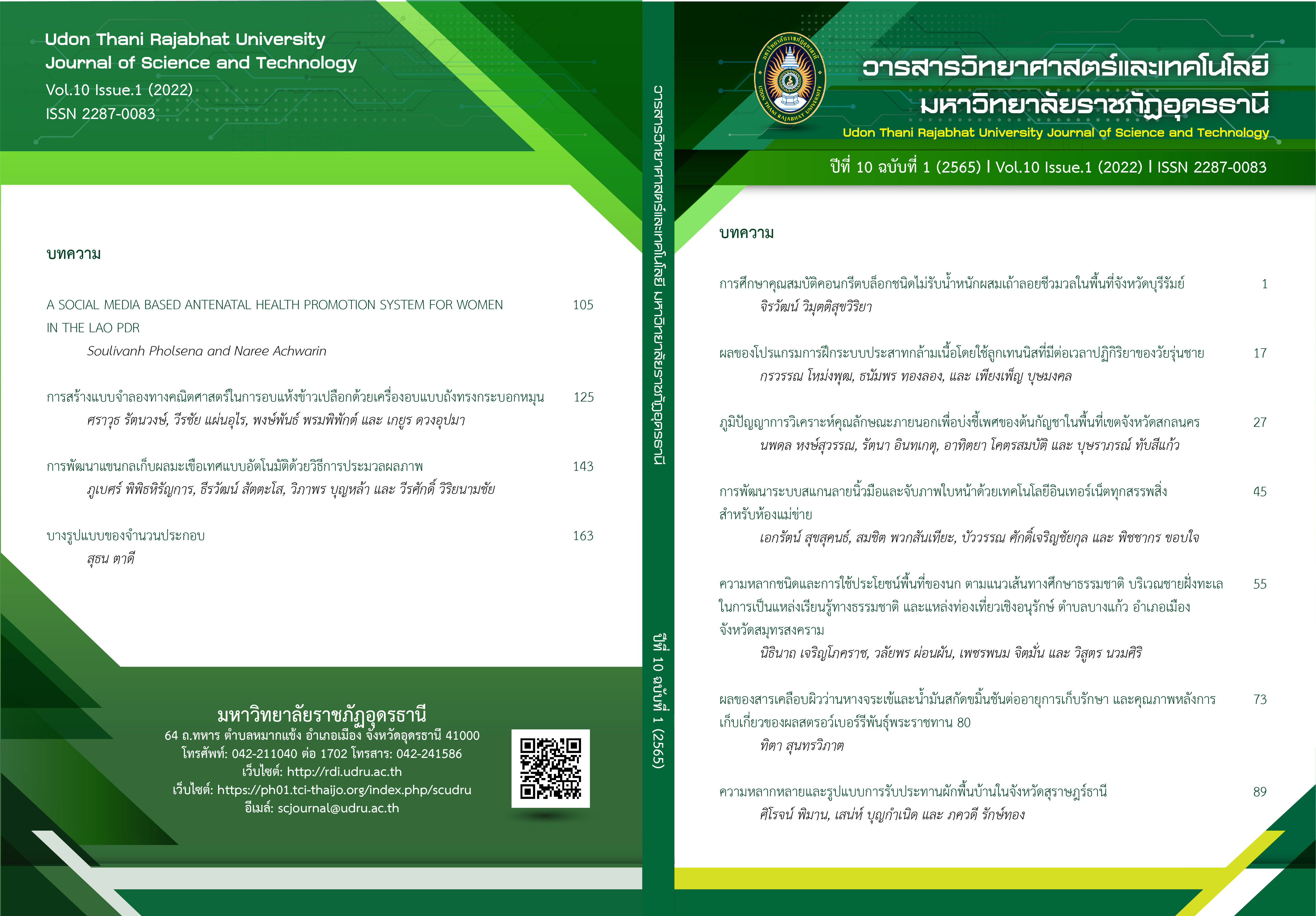บางรูปแบบของจำนวนประกอบ
Main Article Content
บทคัดย่อ
งานวิจัยนี้ศึกษารูปแบบบางรูปแบบของจำนวนประกอบโดยใช้แนวทางการพิสูจน์ของ Nelsen (2021) ซึ่งได้เคยแสดงว่า เป็นจำนวนประกอบ สำหรับ
ผลการวิจัยพบว่า สำหรับ
1) ถ้า เป็นจำนวนคู่ แล้ว
และ
เป็นจำนวนประกอบ
2) ถ้า เป็นจำนวนคี่ และ
แล้ว
เป็นจำนวนประกอบ
Article Details
เอกสารอ้างอิง
Fortunado, I. T. (2016). Analyses and formulas for the set of composite numbers and the set of prime numbers, Science Journal of Mathematics and Statistics, Doi: 10.7237/sjms/110.
Horton, R. E. (1962). Problems and solutions. Mathematics Magazine, 35, 249.
Nelsen, R. B. (2021). n^4+4^n is composite for n≥2. Mathematics Magazine, 94, 69.
Niven, I., Zuckerman, H. S., & Montgomery, H. L. (1991). An introduction to the theory of number. 5th ed. New York: John Wiley & Sons.
Shirmohammadi, H. (2014). A simple rule to distinguish prime from composite numbers. International Journal of Mathematics and Statistics Studies, 3(2), 38 – 42.


